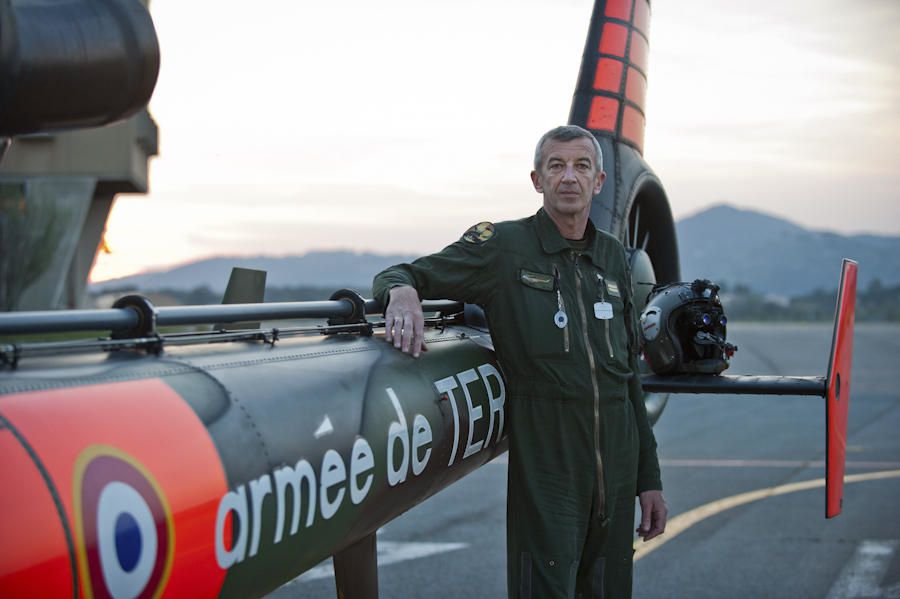Développement du Mi-171A2 :
Dernière évolution de la famille des Mi-8/Mi-17 élaboré par la société Ulan Ude, le premier prototype de Mi-171A2 (OP-1) est actuellement en phase finale de développement et devrait être présenté officiellement au salon aéronautique russe « Maks 2013 ».
Maquette de Mi-171A2
Réception par UTair de ses premiers AW139:
La société UTairest la première entreprise de transport aéronautique civile russe à s’équiper, après le département d’état de transport présidentiel russe en 2011, de deux premiers AW139dans sa version VIP (Very Important Person). Au nombre de dix, ces appareils sont produits par la firme anglo-italienne AgustaWesland.
Finalisation du programme Ka-62 :
Après la présentation de la maquette échelle 1/1 durant la dernière édition Helirussia 2012, le Ka-62, assemblé à l’usine d’Arsenyev Progress production plant, devrait être présenté en vol lors du prochain salon « Maks 2013 » en août, à Zukovski. Ce premier prototype est motorisé par des turbines Ardiden 3G de Turbomeca.
Production d’AW139 russes
Assemblé à Tomilino, à l’Ouest de Moscou, ces appareils proviennent de la fusion des sociétés anglo-italienne AgustaWestlandet russe Russian Helicopters. Finalisé en 2011 par la création de la société CJSC HeliVert jointventure, le premier appareil a effectué son premier vol d’essai au mois de décembre 2012 et a, depuis lors, obtenu sa certification aéronautique auprès des instances russes.
AW139
L’AW139 est un hélicoptère multi-mission pouvant transporter 15 passagers dans sa configuration standard et 6 à 8 passagers dans sa version VIP. Motorisé par deux Pratt & Withney PT6C-67C canadiens, il dispose d’une autonomie de cinq heures de vol pour une distance franchissable maximale d’un peu plus de 900 kilomètres.
La production, exclusivement réservé, dans un premier temps, au marché russe devrait être de 15 à 20 unités par an.
Plusieurs contrats sont d’ailleurs en cours d’achèvement et le premier appareil sera livré dès le mois de juin 2013.
Nouvelles motorisations Motor sich
A/ Mi-2MSB-2 :
Présentation d’une maquette de Mi-2équipée de moteurs AI-450M. Remplaçant l’ancienne motorisation GTD-350, ces turbines confèrent à cet appareil, dès lors baptisé Mi-2MSB-2, des performances accrues. En effet, équipé de réservoirs additionnels externes permettant une plus grande capacité d’emport interne, cet hélicoptère peut transporter jusqu’à huit passagers, à une vitesse de croisière de 200 km/h sur une distance de 750 km.
Mi-2MSB-2 & turbine AI-450M
Mi-8MSB : Conjointement, le Mi-8MSB, modernisation de Mi-8T Hip-C et motorisé par de nouvelles turbines TV3-117VMA-SBM1V 4E, poursuit sa campagne de certification aéronautique.
D’une conception rustique mais robuste, le Mi-8MSB est apte à être employé dans des conditions extrêmes de températures (-30°C à +50°C) ou d’altitude (8200m). Sa masse maximale totale en charge passe également à 12 tonnes, lui confèrant quatre tonnes de charge utile.
Tableau de bord du Mi-171A2
Présentation, par la société Ulyanovsk Instrument Design Bureau, du tableau de bord du nouvel hélicoptère Mi-171A2.
Tableau de bord standard d’un Mi-171A2
Bien que pouvant être assujetti à quelques modifications suivant les besoins spécifiques des différents acquéreurs, l’intégration pourrait comporter :
- Un système de navigation du Bureau d’étude d’automatique industriel ;
-des écrans multifonctions du Bureau d’étude de construction d’instruments d’Ulyanovsk ;
- un radar multifonctions Kontur-10M de Kontur-NIIRS ;
- une recopie « tête haute » des paramètres de vol.
Présentation d’un Mi-35M
Bien que de conception ancienne, cette dernière évolution de Mi-24 laisse présager un appareil d’attaque rustique, mais abouti et encore parfaitement adapté à de nombreux conflits actuels.
D’une masse totale au décollage de près de 11 tonnes, il dispose de deux turbines klimov VK-2500-02 développant 2 x 2200 hp au décollage. Il peut emporter un groupe de huit combattants et plus de 1500 kg de charges utiles fixés sous ses deux voilures latérales.
Mi-35M
L’armement principal du Mi-35M se compose :
-d’une tourelle canon avant NPPU-23équipée d’un canon bitube de 23 mm ;
-de missiles 9M120 Ataka ;
-de nacelles roquettes B8V20-A armées de 20 roquettes de 80 mm.
Ses principales modernisations proviennent d’un nouveau dispositif optronique avant et d’une autoprotection combinant une détection radar avec un dispositif de brouillage infrarouge et des séquenceurs de leurres latérale.




































